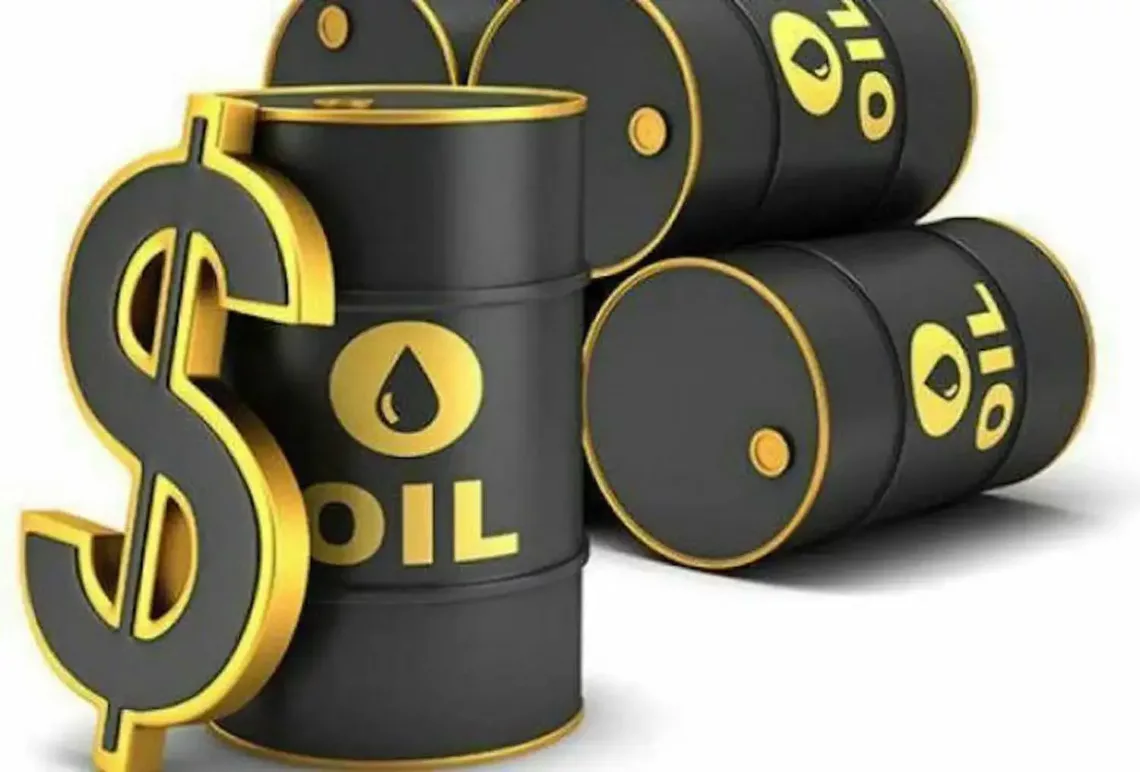Oil prices is most likely to trade at about $85-$90 a barrel in the third quarter of this year even if the Organisation of Petroleum Exporting Counties(OPEC+) producers and allies decide not to extend current supply cuts, said Gunvor Group Ltd.’s global head of research and analysis.
If Saudi Arabia and allies extend cuts beyond the second quarter, that could send prices even higher, Frederic Lasserre said during the CERAWeek by S&P Global conference in Houston. Cuts beyond the second quarter currently are not planned.
Ample supplies largely have kept international oil prices in the range of $80 a barrel this year even as conflict in the Middle East disrupts regional shipping and Russia’s war with Ukraine escalates.
“The Saudis have no choice but to switch back into this swing-producer kind of role and try to manage supply at very short term if they want to stabilize prices around $80,” Lasserre said.
Prices remain vulnerable to spikes, especially as geopolitical risks are elevated with two wars and disruptions at vital trade routes at the Panama Canal and Red Sea, Lasserre and Trafigura Group’s global head of oil Ben Luckock warned.
Meanwhile, oil demand from China is expected to increase by about 700,000 bpd this year, representing about 50 per cent of total global demand growth this year, Lasserre said.





